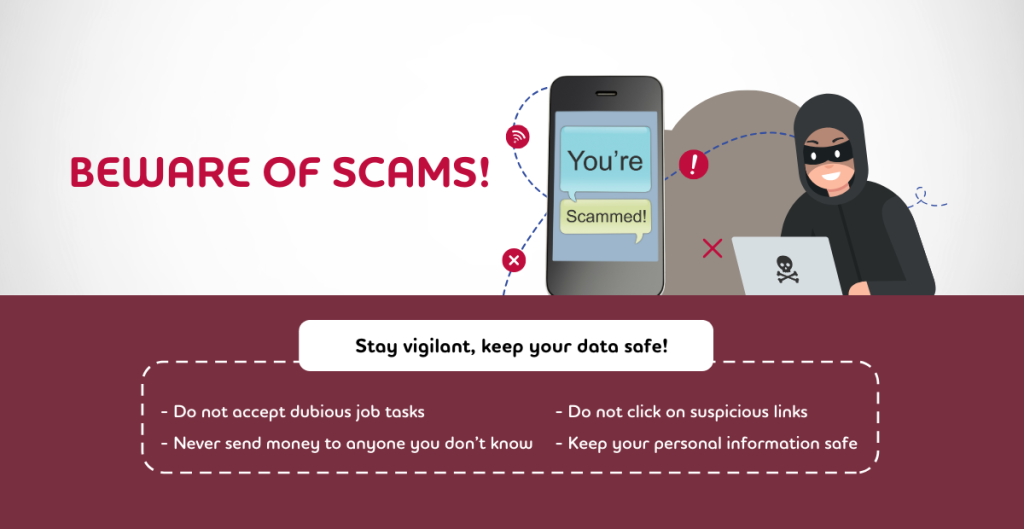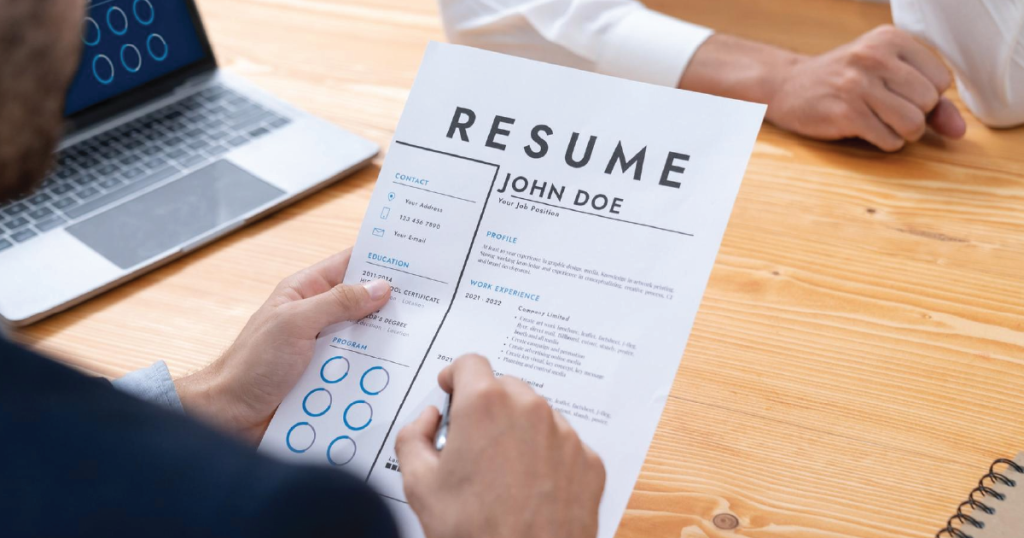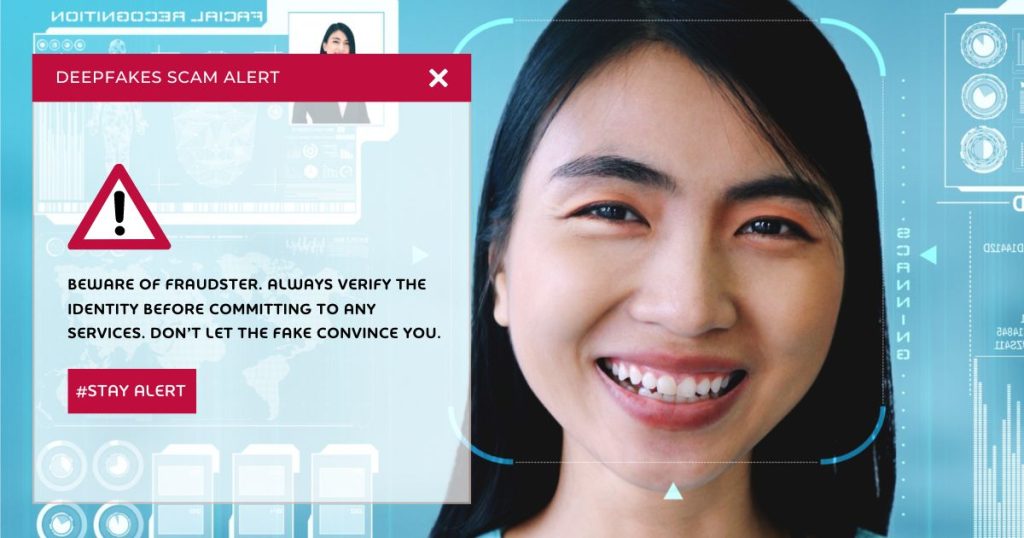
Zooming in on empathetic leaderships
Many aspects of our lives are becoming the next normal, no longer just the new normal. In this next normal post-pandemic environment, economies have turned over, rivalry communities have disputed against another over political tensions and racial conflicts while countries striving sustainability have developed collective forms of resiliencies with reinforced policies. Perceivably, the rise of post-pandemic hybrid teams and workplace flexibility has opened up more doors for conducive employee learning and understanding to build and foster sustainable work cultures aligned to revised business models. This is an opportunity for change and progress – an amplified demand for modern, receptive, empathetic leaderships. The focus is now on reinvented leaderships with leaders who not only logically think in terms of productive outputs but also take employees’ wellbeing into consideration.
The next normal empathy in your leadership
Pandemic acceptance and changed lifestyles resulted in diverse perspectives of meaningful work, so leaders will have to keep up and dedicate efforts to attenuate their leadership styles with nimble empathy. Business leaders, in the reformation of businesses rethinking their steps again have allowed themselves more time to go knee-deep into employees’ work problems, not only just to improve the average employee’s performance for the advancement of careers, but to become friendlier, customized and mindful of these working individuals’ changing life conditions, including mental health and overall wellbeing. Where recently, Allison Robinson, CEO and founder of The Mom Project spoke that “Managers are now faced with the reality that we all have lives outside of work. And whether they like it or not, they have to acknowledge the employees’ personal considerations.” Empathizing employees’ needs are scaling up management’s priorities, with Robinson’s powerful startup research reporting a whopping 75% of women who had voted that employer support and greater understanding into work-life flexibility is the most important criteria towards being respected at work. In addition, with increased demands for mental health support, millennials and aging professionals’ work preferences, companies now face new challenges which will require an agile, natural, humanized response.
How can empathetic leaderships change the future workforce?
Empathy in leaders can prevent or rectify harder to pinpoint workforce mishaps, champion never-before-seen causes while becoming holy grail bridges between company ideals and functioning social norms when leveraged effectively. By perpetual influencing one another in a company culture that embraces and reinforces emotional thinking, feeling and doing for others notion, as mentioned by Jamil Zaki in Harvard Business Review’s Making Empathy Central to Your Company Culture, employees collaborate better in teams, encounter lesser stress, have higher individual and community morale, and are far more resilient than those who do not inculcate empathy as a work-based tenet. Employees who communicate and sustain empathizing and sympathizing messages are usually rewarded with kinder motives by co-workers within the organization, feel valued as contributors and want to be kinder to others. Also, research from the University of Michigan and Cornell University found interpersonal connections to be beneficial for not only employees, but employers as well. Employers and leaders of organizations who extend instrumental compassion to the suffering employee at work are found to be happier, and generally focused in wide-ranging tasks at work. The study found that the act of work empathy alone can actually instill positive, productive changes in leaders who adopt them fast, maximizing their strengths earlier in their attempts to build collaboration and strengthened communication in their teams.
It all starts with you, the leader first
In most cases, however, a leader would have to start the ball rolling for empathy to kickstart and happen by leading the process first. Here, they become principal critical thinkers, emotional regulators and problem solvers. Kellogg Insights and notable others directed the requisite for senior leaderships to practise what their empathy fundamentally preaches in the organization. Going at it, these leaders are to be adept in control of their moods and thought processes to transcend empathy gaps, and ensure fairness in point judgments which will enable the empathetic smooth transition. They should also be aware that empathy operates differently in every employees’ perspectives and should not be discouraged by a few employees’ unconforming views and actions which do not coincide with set standards and objectives. A leader should be the conduit in charge with a planned empathy-induced program, nominating other leaders to progress in this arena while supervising and coordinating to ensure more employees are on board to join the circle of empathy. As time goes by with this driven initiative, a self-sustainable culture of empathetic leaderships will follow and maintain as the working norm.
Coming up in the next article post (Part 2 segment), find out how you can recognize and boost your empathetic leadership with an intuitive 5-step approach!
Article written by: Vania Wong










